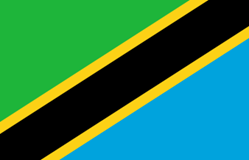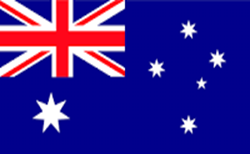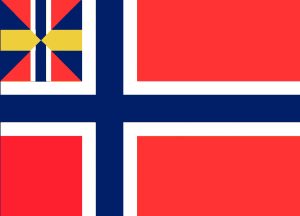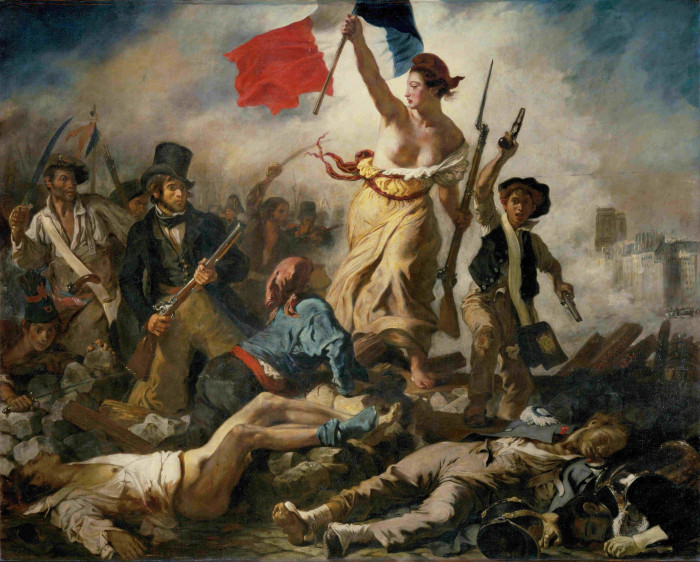
“O say does that star-spangled banner yet wave, O’er the land of the free and the home of the brave?”
The quotation above is a QUESTION. Never forget that, neither you Americans, who own this poetic text, nor anybody else sympathising with America or praising freedom. You, of course, here recognize a phrase from the national anthem of the United States. Freedom (and bravery), when gained, is not something that you HAVE. Freedom must be maintained and must sometimes even be updated (changed) by its very meaning in order to prevail under new circumstances.
Freedom indeed comprises a broad variety of meanings. In Friedrich Schillers famous play “The Robbers” the protagonist at the end of the play voluntarily gives up his freedom – thereby even facing death penalty – in order to be morally free (free in a deeper sense).
Moreover, nobody is free in the sense of being fully independent of others. You are really free when you understand the nature of dependence and can embrace it. Hint: A “substance” which makes (mutual) dependence bearable, or even enjoyable, is (mutual) respect.
Separation and unity

Tanzania separated from its colonial power (UK) and became an independent country (basically) in 1961.
The first years of independence were marked by the uniting force of the leading independence figure, president Julius Nyerere. He was a Christian. Nyerere stepped down in 1985 and was followed by a Muslim: Ali Hassan Mwinyi. The Tanzanians did not bother to comment on that, but foreign observers said the world should take this as an example.
A few years later, facing huge economic problems, the country decided to switch from a one-party system to political pluralism and from a socialist kind of economy to an open marked. Concerns about separatism, the northern region possibly seeking independence, were dealt with by forbidding political parties with (only) a regional basis. The reforms have turned out successful at least as regards remaining one country.

Pure?
Many Australians agree that their flag is outdated. The little Union Jack in the corner should no longer be there! But what to have instead? On that the Australians cannot agree.
It seems that symbols cannot easily be chosen, and in particular not by vote. Symbols are perhaps like identity: evolving is the best way of coming into existence.

It was easier for the Norwegians in 1905. When they achieved independence from Sweden, they simply dropped the Swedish colours blue and yellow in the top left-hand corner and they had a fully-fledged flag. A link to the former union partner, and to all other Nordic countries, was maintained by the shared pattern of the cross.
So why don’t the Australians do as the Norwegians – simply leave out the British part? Well, you can say that visually the flag would look a bit empty. But would there also be a “hole” in the history, or even in the identity, of the nation? Is Australia an independent nation culturally speaking? Is The Anglosphere the “nation” to which they truly belong?
Conclusion
The conclusion is that there is no conclusion. To deal with the opposing principles of unite and separate is an art, and not a matter of technique. However, when things get tense, I will suggest the following:
- Never abandon who you are. It is better to be killed than to “kill” yourself. This goes not only for war in the literal sense, but for any encounter in which your identity is at stake.
- Only if your opponent is morally superior – but can you see that? – should you surrender. You can otherwise survive by defeating your opponent, by separation + independence, and to a certain extent by compromise. Always try as hard as you can (but not harder than that) to understand your opponent.
- By rare occasions you and your opponent will discover or create some until then unknown common ground and make the world greater.
Artwork of the fortnight

“The first association of the tricolour with republicanism is the … predecessor of the flags of the Netherlands .. used from 1579 .. establishing the independence of the Dutch .. from the Spanish Empire. The flag of the Netherlands inspired both the French and Russian flags … which in turn .. inspired many further tricolour flags … it was easy to construct and also stood in a visual opposition to complicated royal banners .. ” – Wikipedia on Tricolour
- See also Diversity
- About this blog
Schreibe einen Kommentar